![]()
![]()
![]()
Use LEFT and RIGHT arrow keys to navigate between flashcards;
Use UP and DOWN arrow keys to flip the card;
H to show hint;
A reads text to speech;
7 Cards in this Set
- Front
- Back
|
48. T: Catacomb of Priscilla |
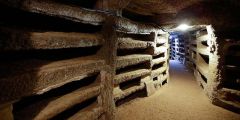
|
|
|
49. T: Santa Sabina C: Used large scale building from ancient Rome to inspire it. Had sense of imperial authority. Had double aisle on side of nave. important pilgrimage site. |
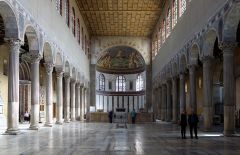
|
|
|
50. T: Rebecca and Eliezer at the Well and Jacob Wrestling the Angel |
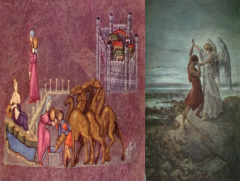
|
|
|
51. T: San Vitale |

|
|
|
52. T: Hagia Sophia |
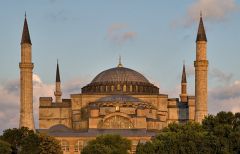
|
|
|
53. T: Merovingian looped fibulae |
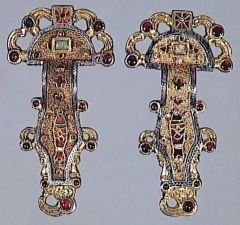
|
|
|
54. T: Virgin (Theokotos) and Child between Saints Theodore and George DT: Iconoclasm (aniconic), iconoclasts, iconophiles (iconodules) T: Many destroyed because some confused icons with idols and began to destroy them. Icons meant to invoke the presence of holy figures, not to be personages represented |
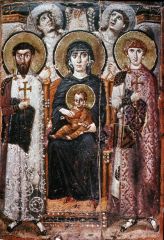
|

